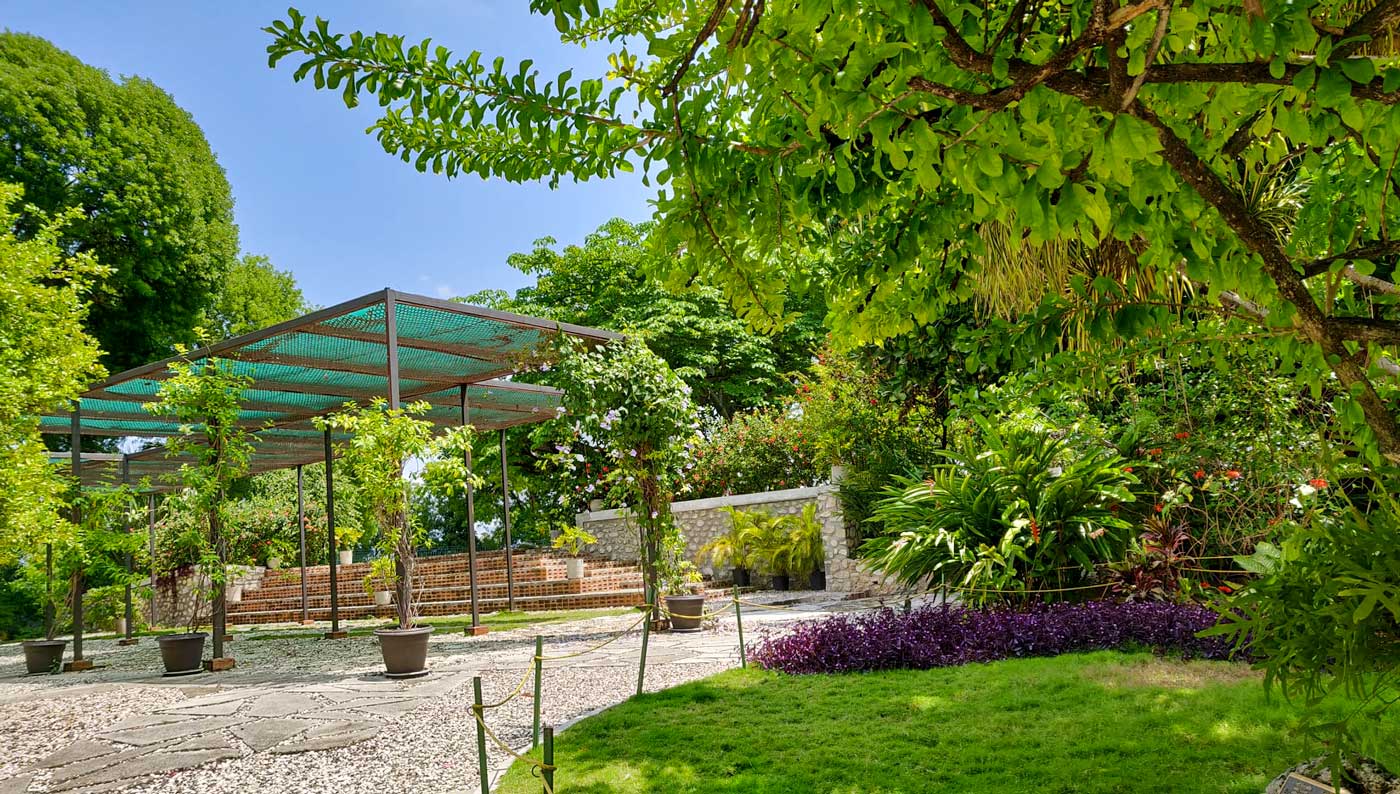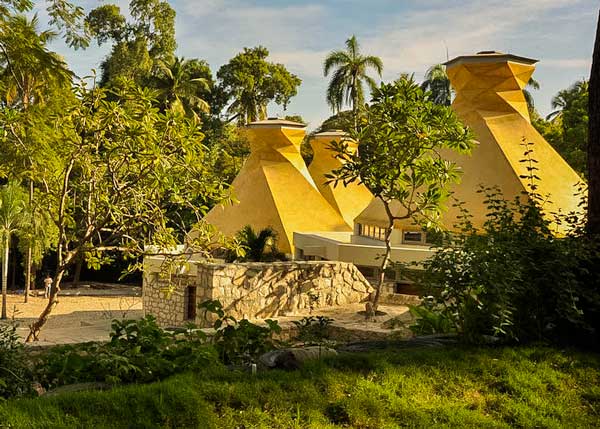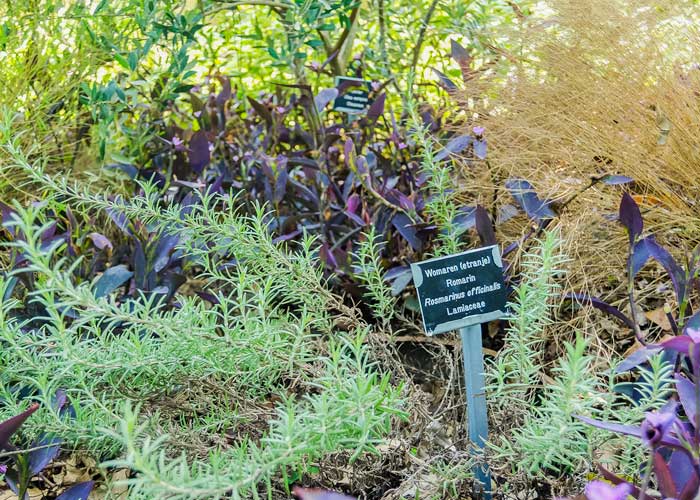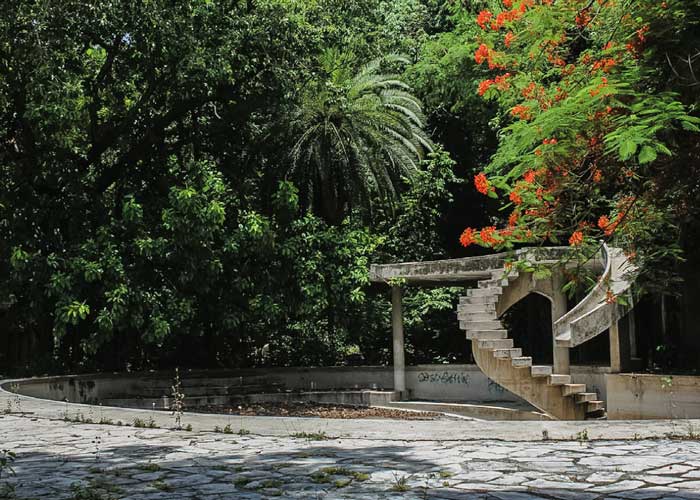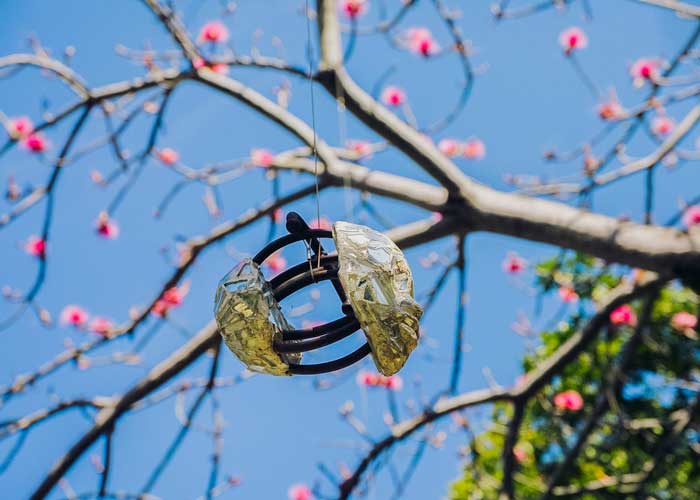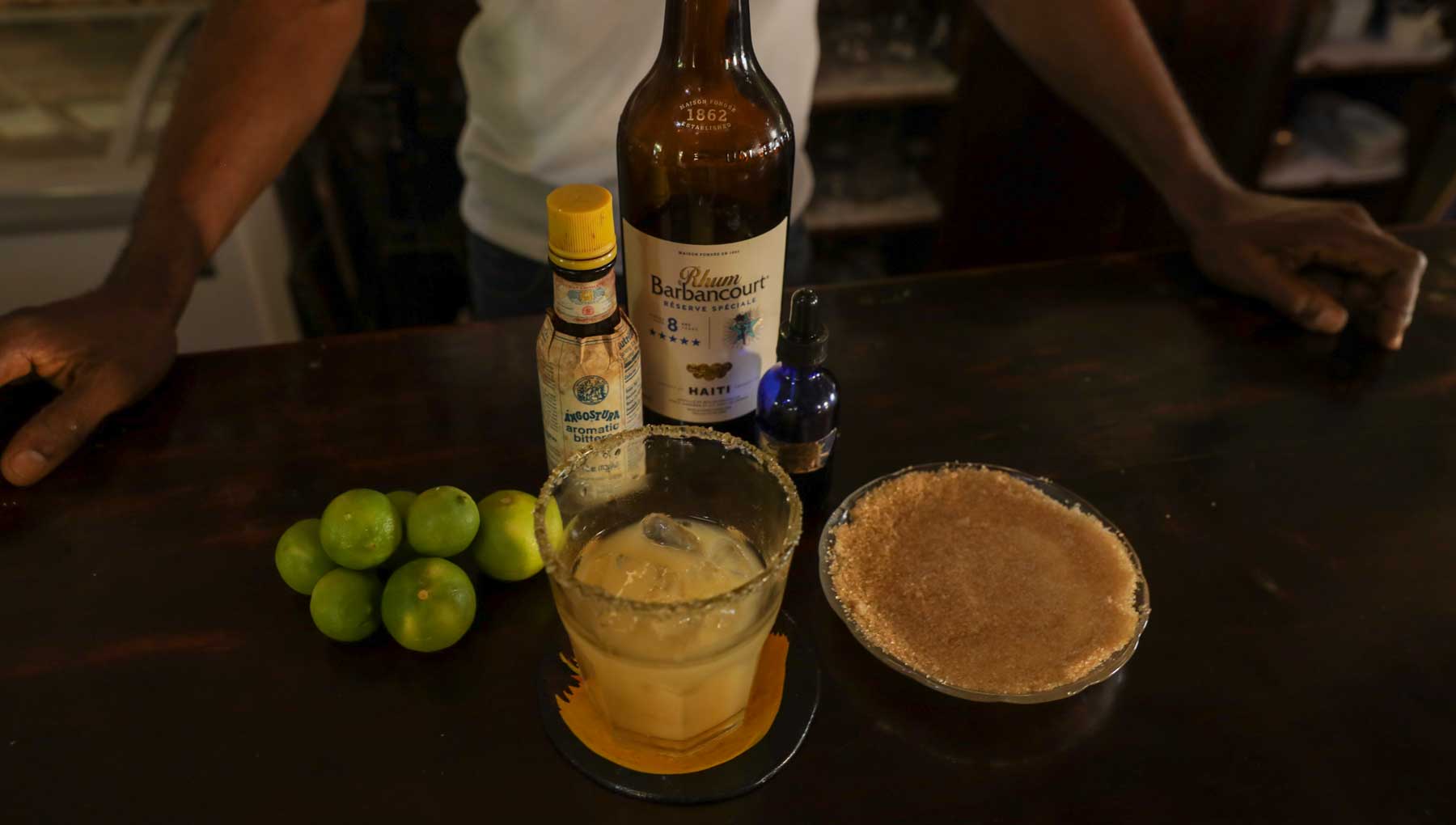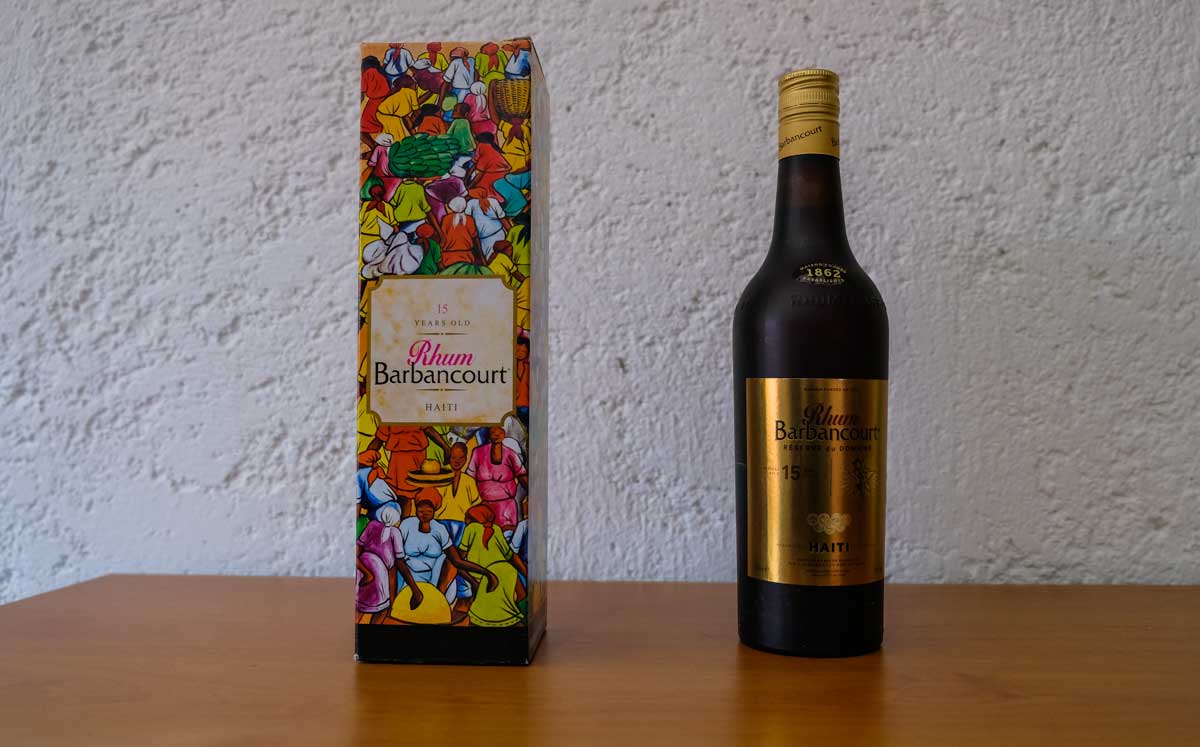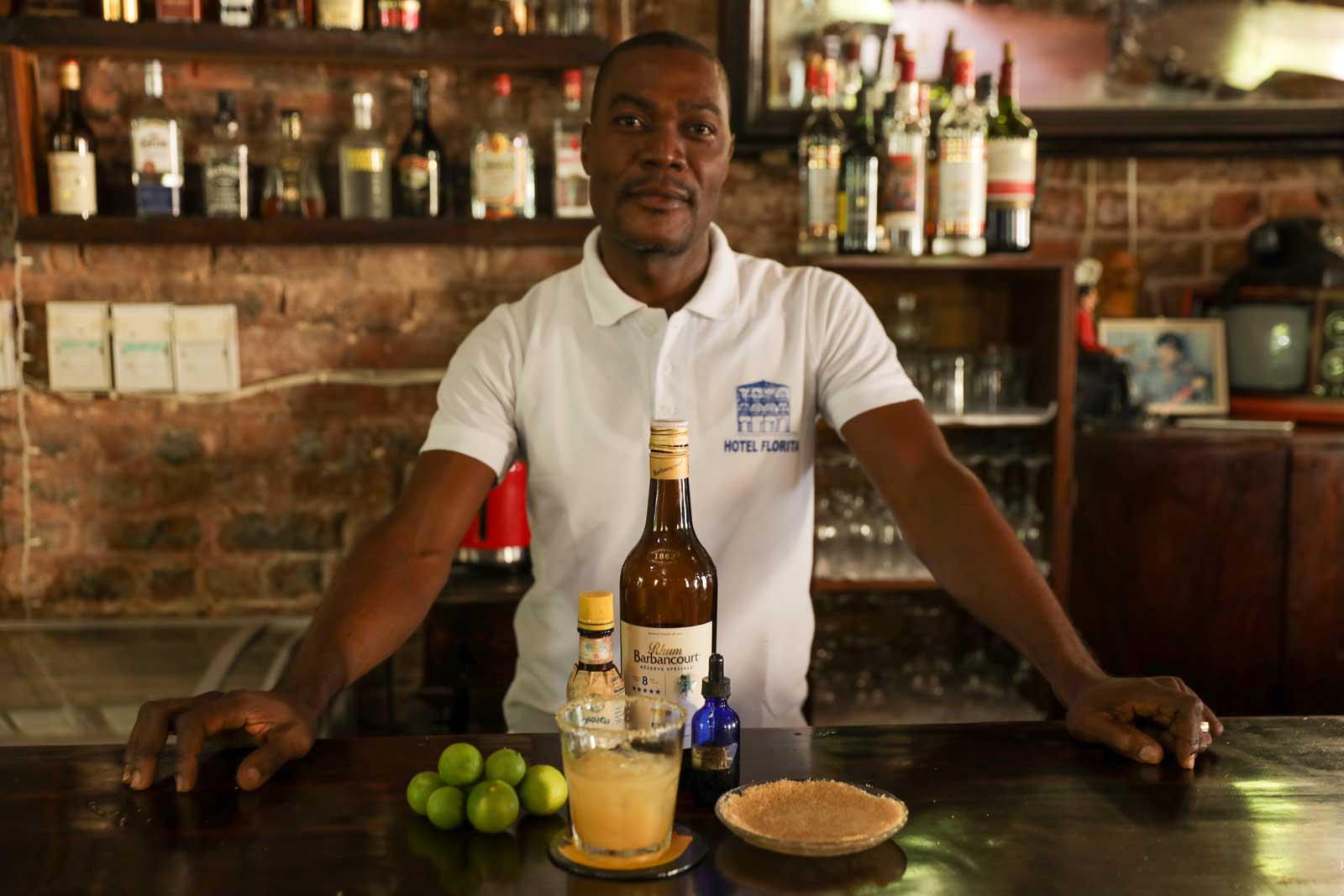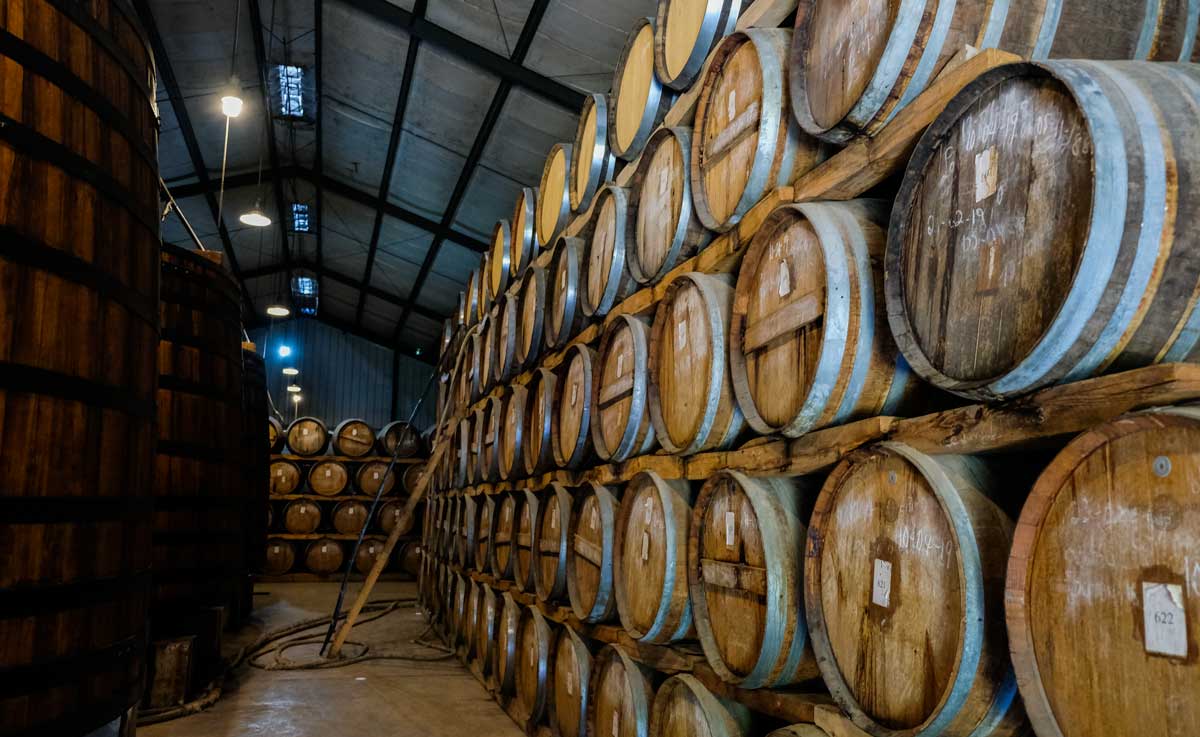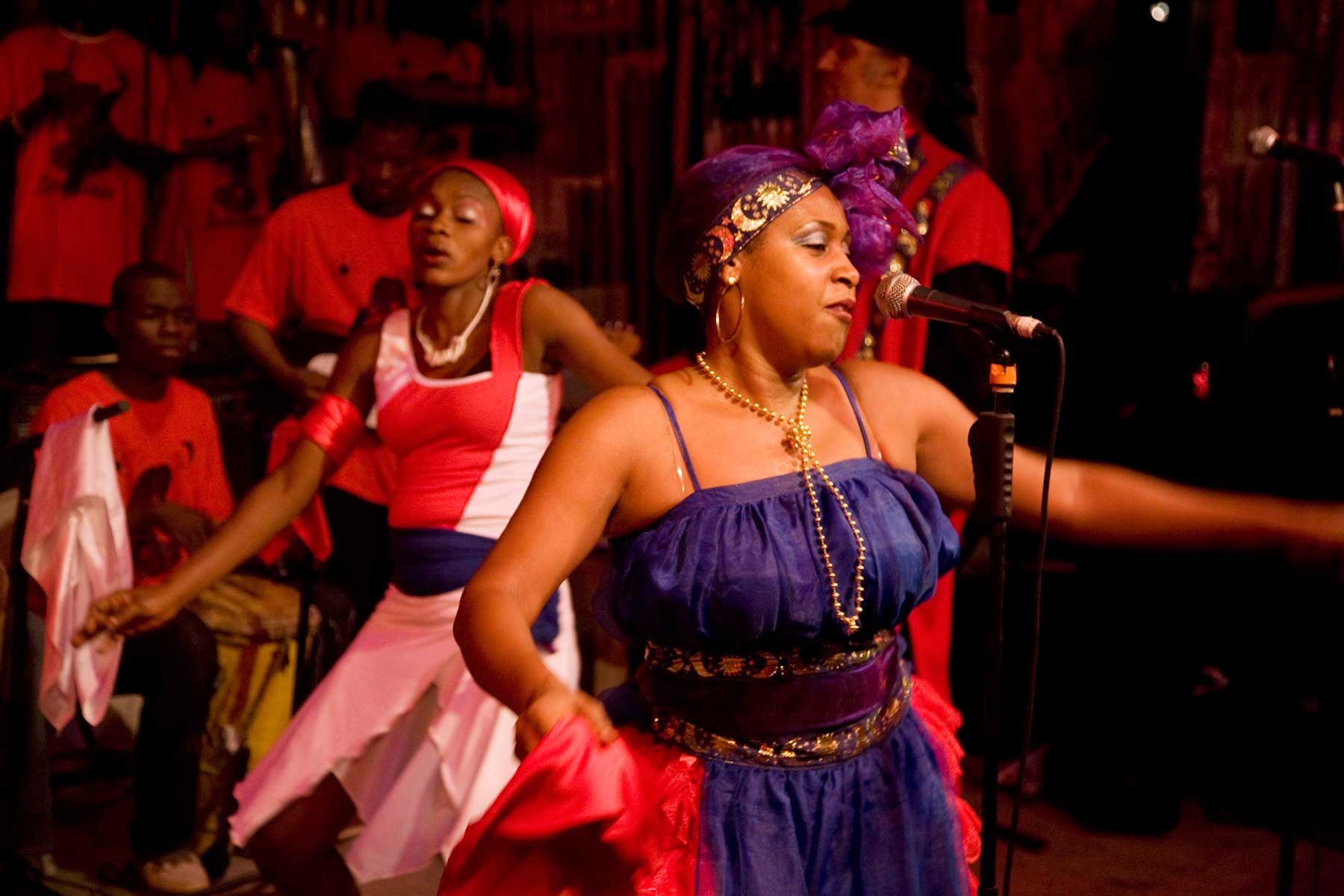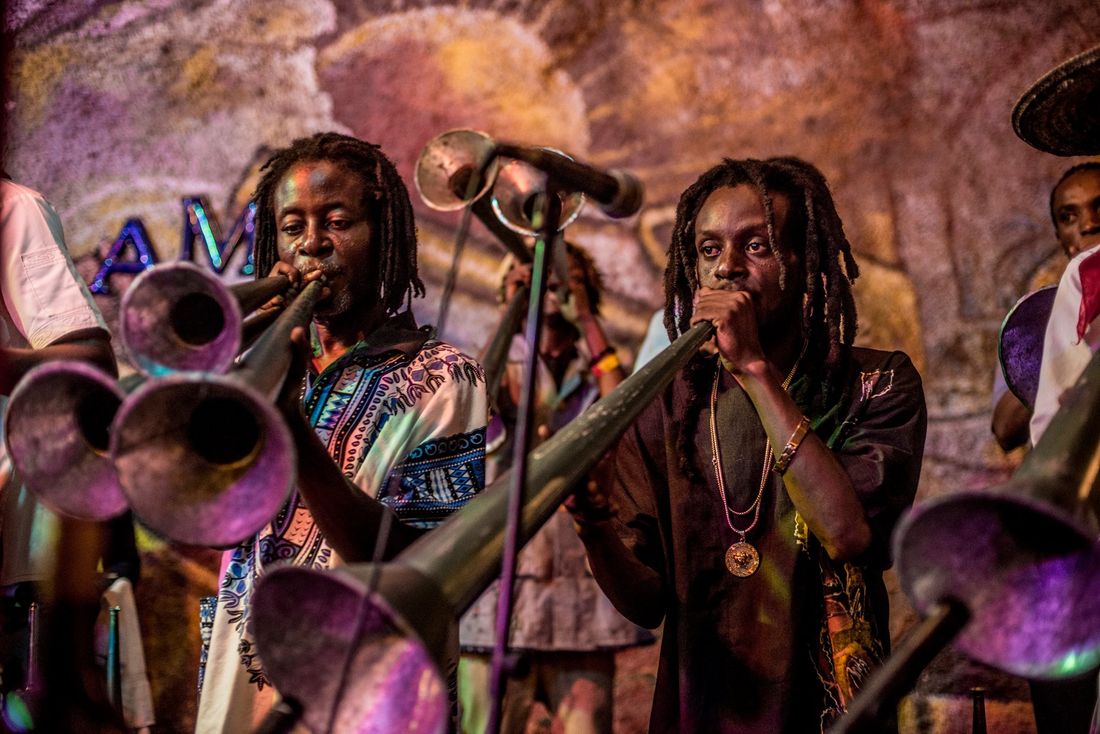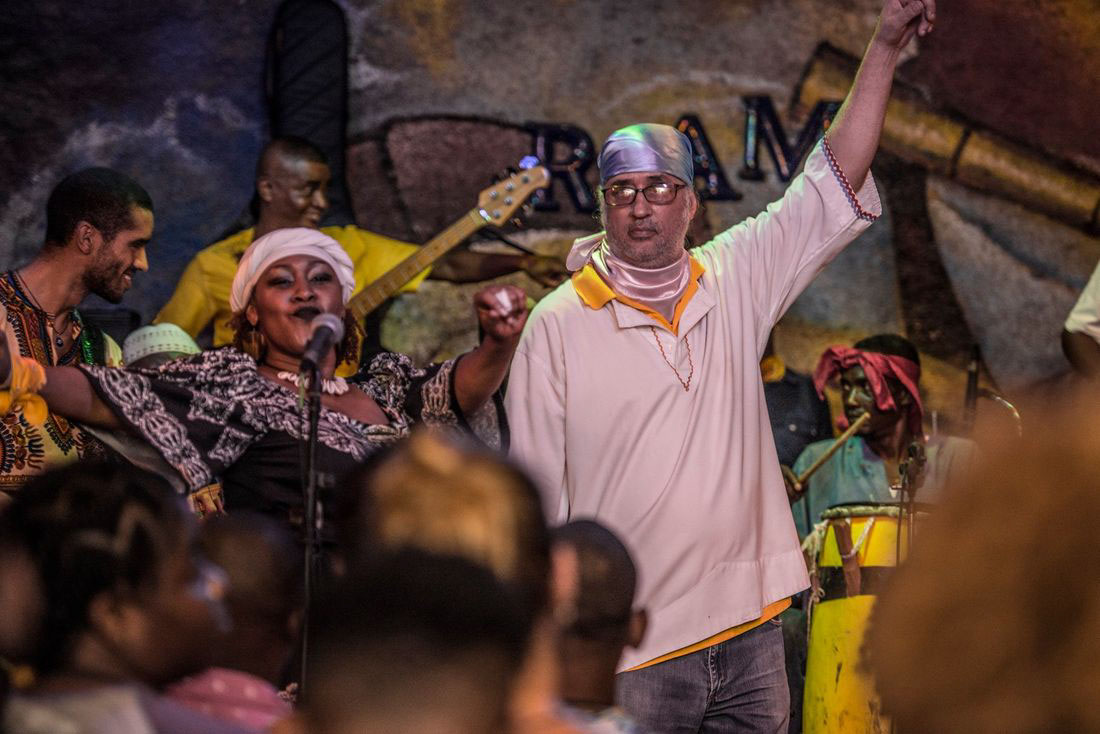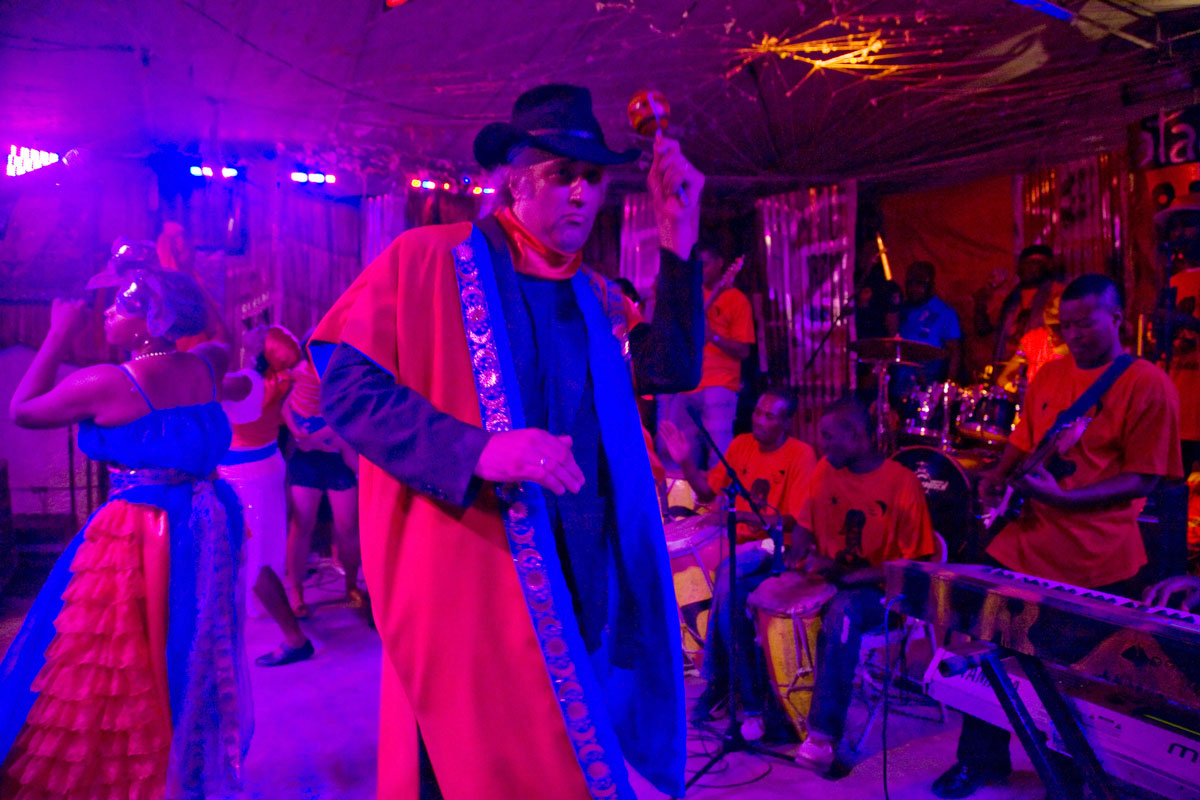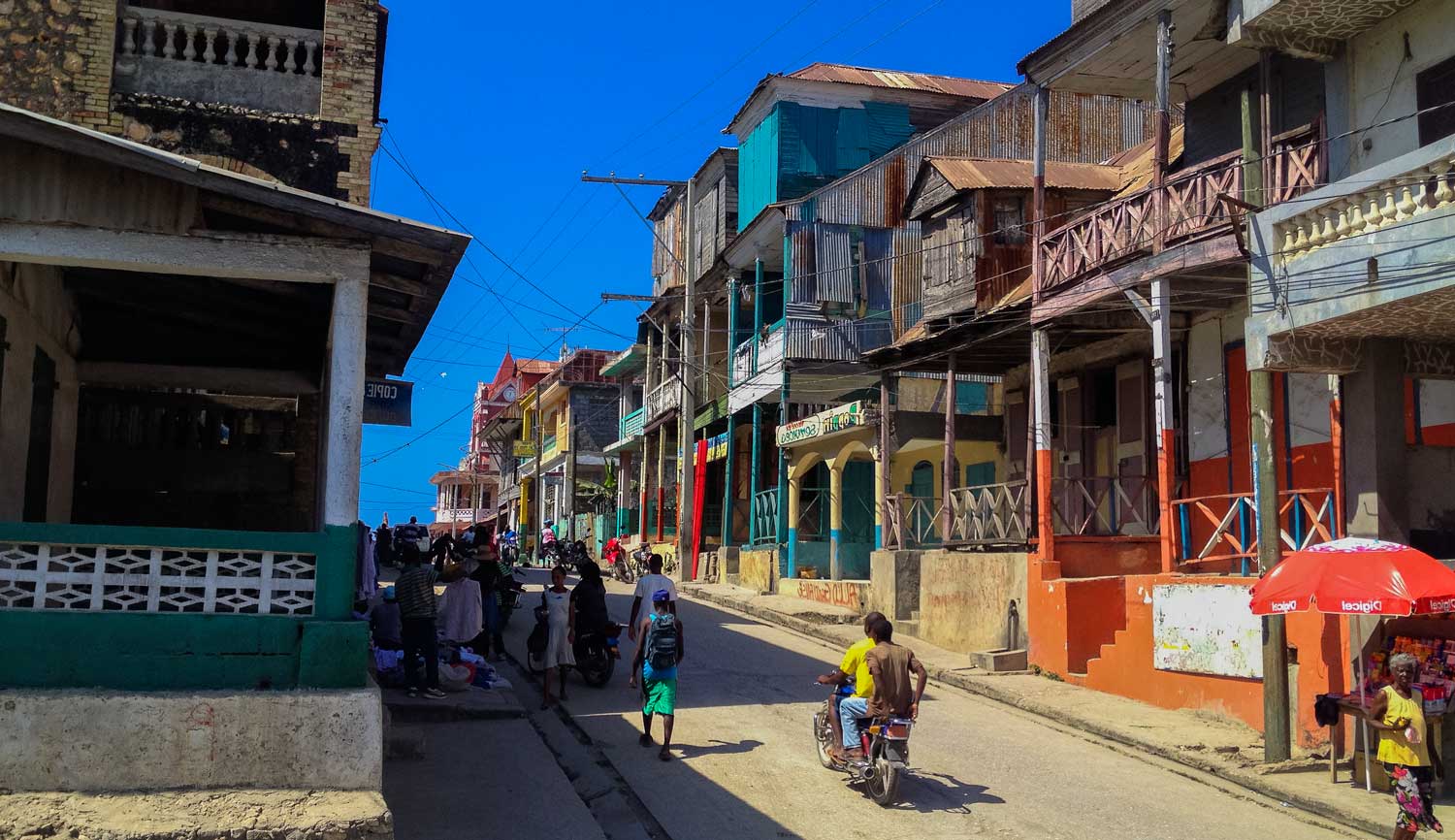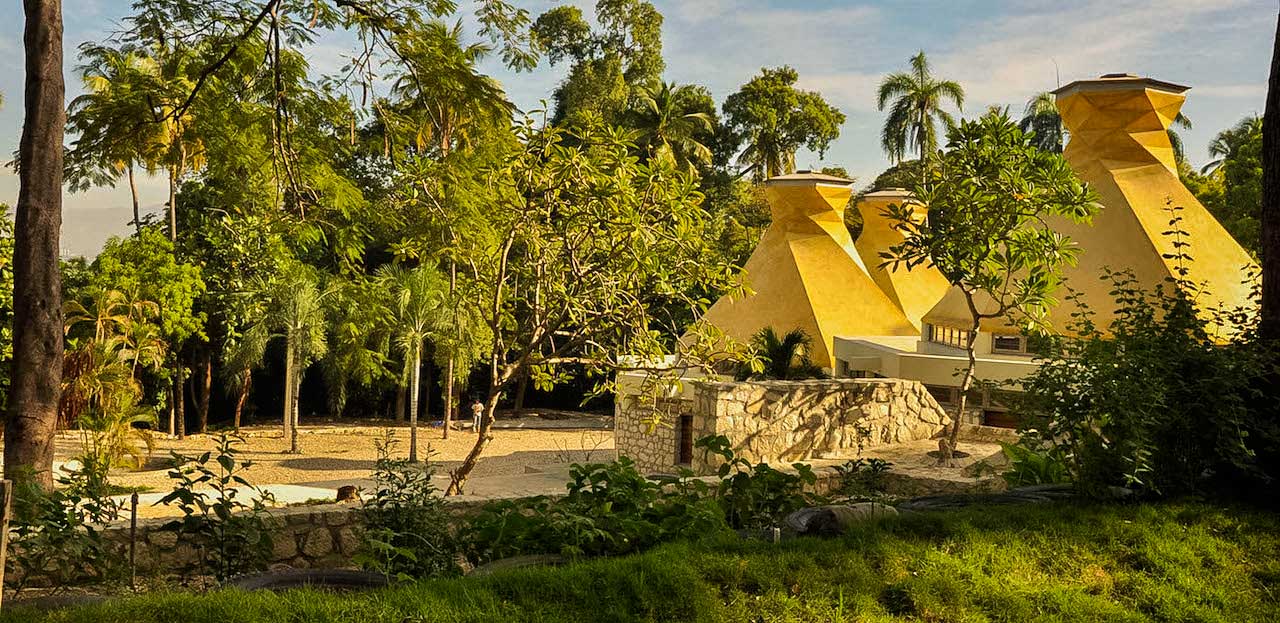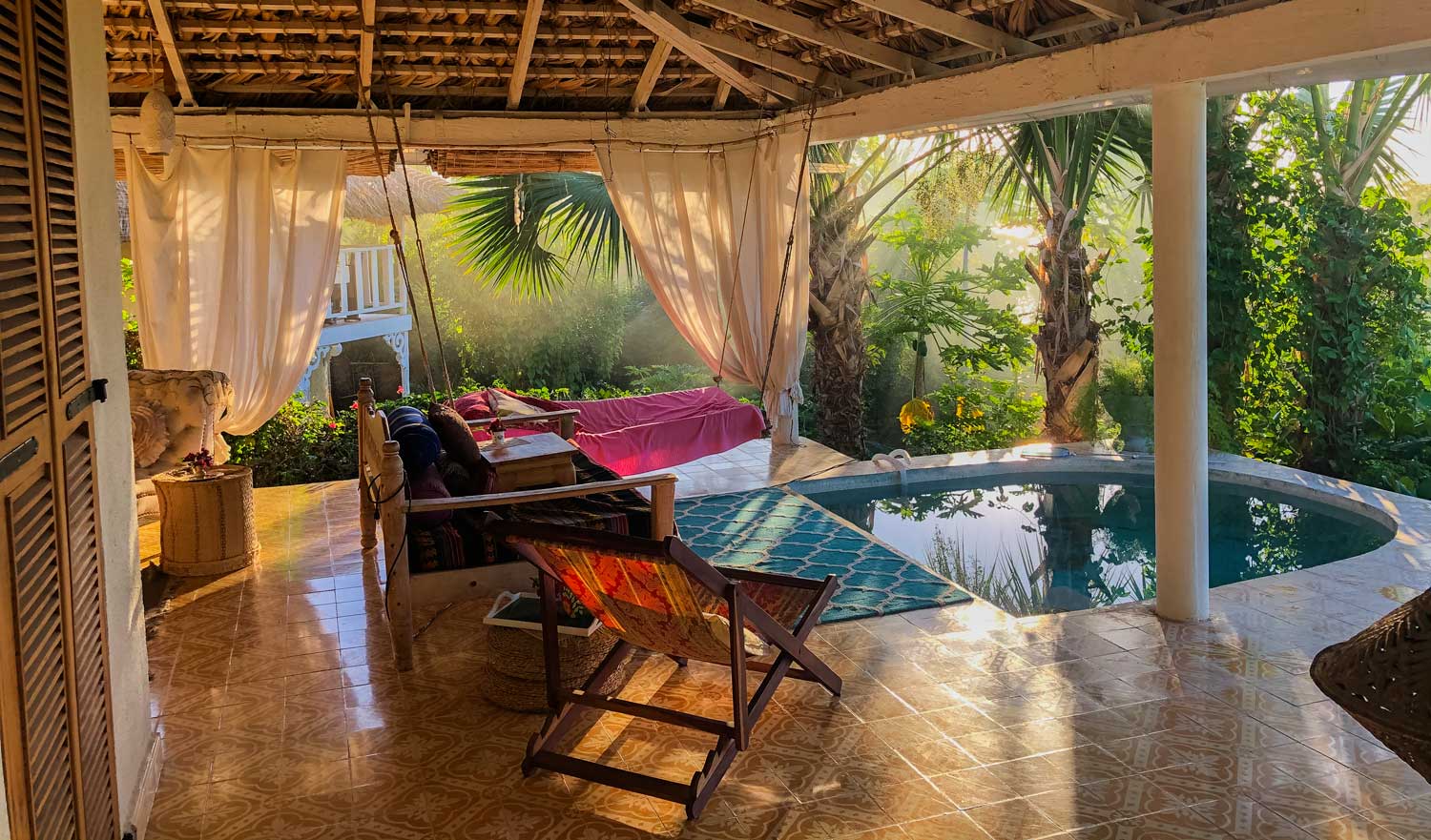
Photo: Anton Lau
10 of Haiti’s Coolest Independent Hotels
Soak up the beach vibes in one of these exclusive small-scale stays
Haiti’s best boutique hotels
Somewhere between the comfort of a traditional hotel and the down-to-earth coziness of a bed and breakfast, independent hotels offer you the chance to connect to the local community and really immerse yourself in the local landscape. But with dozens of boutique hotels in Haiti, where to start? We’re here to help you decide which hotel is best for you!
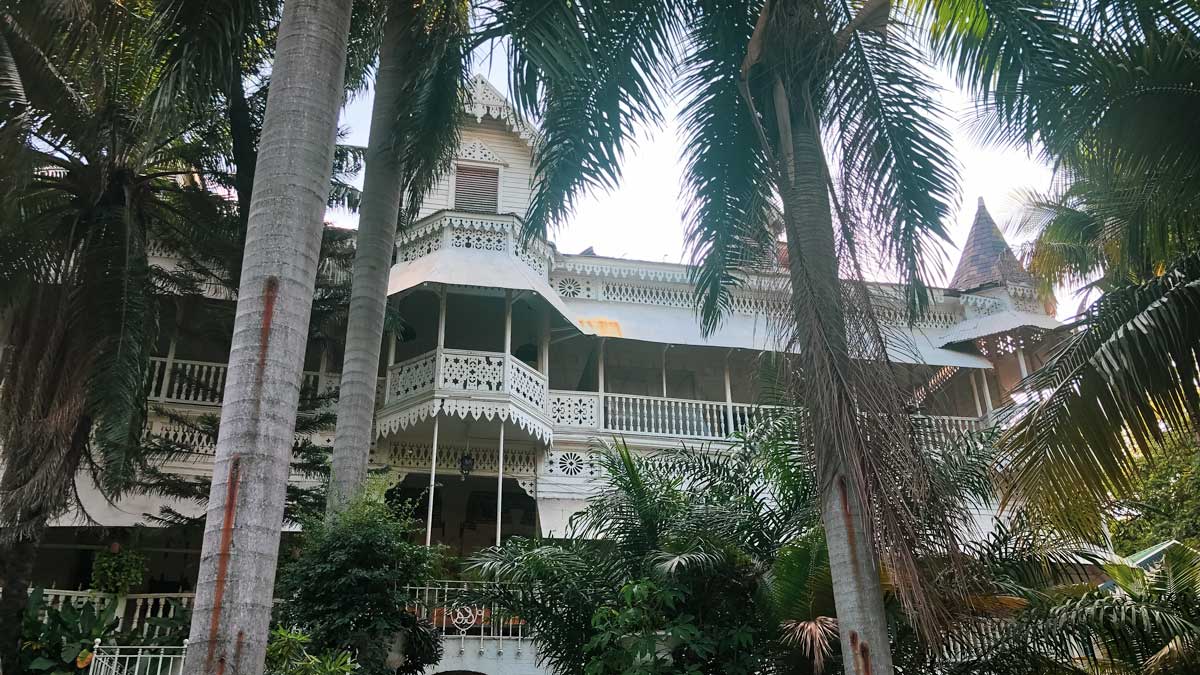
Photo: Anton Lau
1. Hotel Oloffson
Located in the historic heart of downtown Port-au-Prince, Hotel Oloffson is an example of a classic Haitian gingerbread mansion. Everything about the Oloffson feels classic and luxurious; steeped in history: from the abundant flora growing around the cascading stairs to the slatted wooden balcony and gothic arches, the hotel doors are a portal to Haitian time immemorial. Throughout the walls of the Oloffson, Haitian art from today and decades prior frames moments shared at the bar, the restaurant, or the balcony tables. From the hotel’s location, all the cultural activities of downtown Port-au-Prince are a short taxi ride away — just ask your bartender or receptionist.
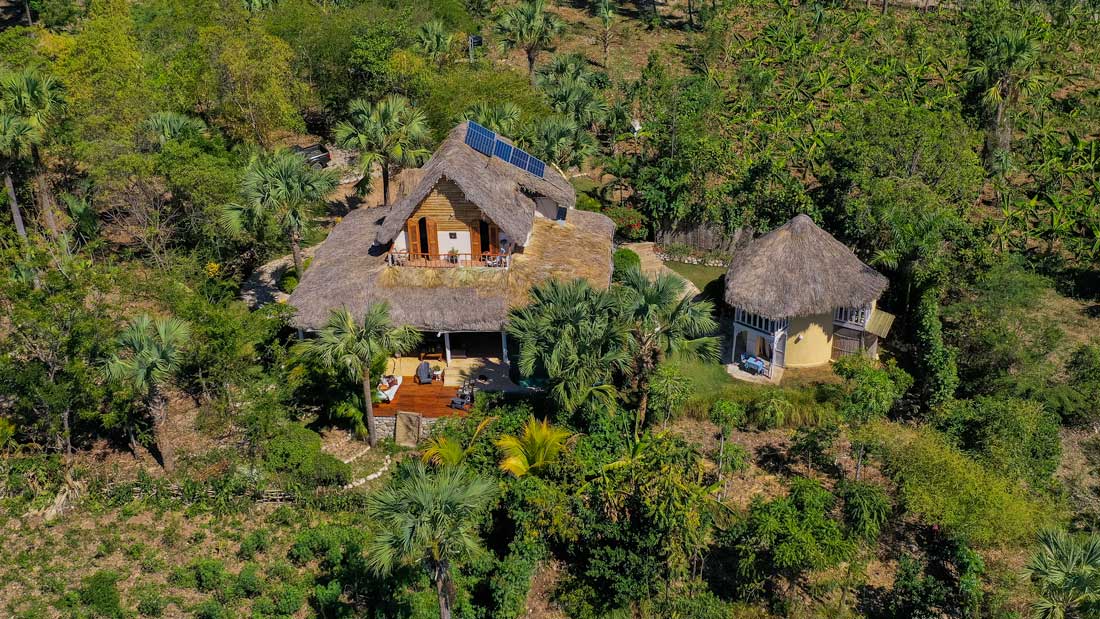
Photo: Franck Fontain
2. Chic Chateau
In Petavi, Chic Chateau is an eco-luxe bed-and-breakfast where guests are treated to an authentically local experience of Haiti and Cayes-Jacmel in particular. Each of the three suites offers an uninterrupted ocean view, perfect to watch the sunrise or sunset. Guests rave about the breakfast, and if you wake up here on a Sunday you’re in for a treat: the Chateau serves up a farm-to-table soup joumou (traditional Haitian pumpkin soup). Have a couple of days to spare? Treat yourself to refreshing dips in the ocean, with the beach just a stone’s throw away. Everything at the Chateau has been thoughtfully designed by the host, Janet, to make sure guests have a stay in secluded Petavi as environmentally responsible as it is relaxing.
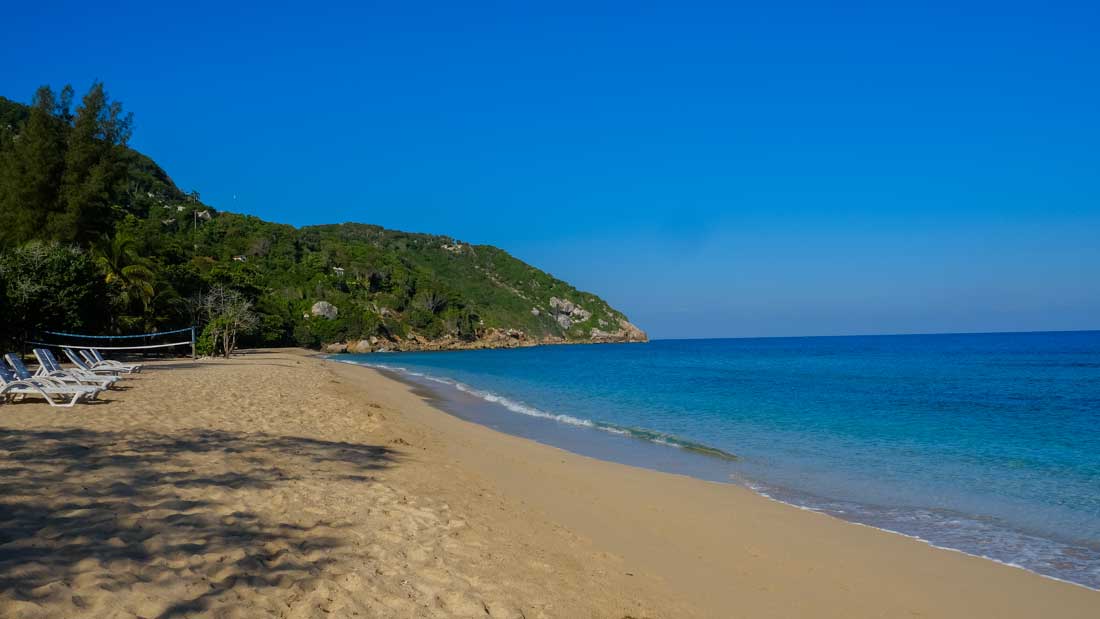
Photo: Franck Fontain
3. Cormier Plage
The northern coast of Haiti has vistas galore. Cormier Plage is one of those vistas, and should you be in the area, we strongly suggest you consider it. With 34 rooms, the resort offers a kind of intimate stay that still feels indulgent. Enjoy easy and exclusive access to the Cormier beach for a midday swim, or plan a visit to the Citadelle Laferrière, Amiga Island, or the Dondon Minguet grotto with the hotel administration. Cormier Plage is just a 15-30 minute drive from the colonial city of Cap-Haïtien.
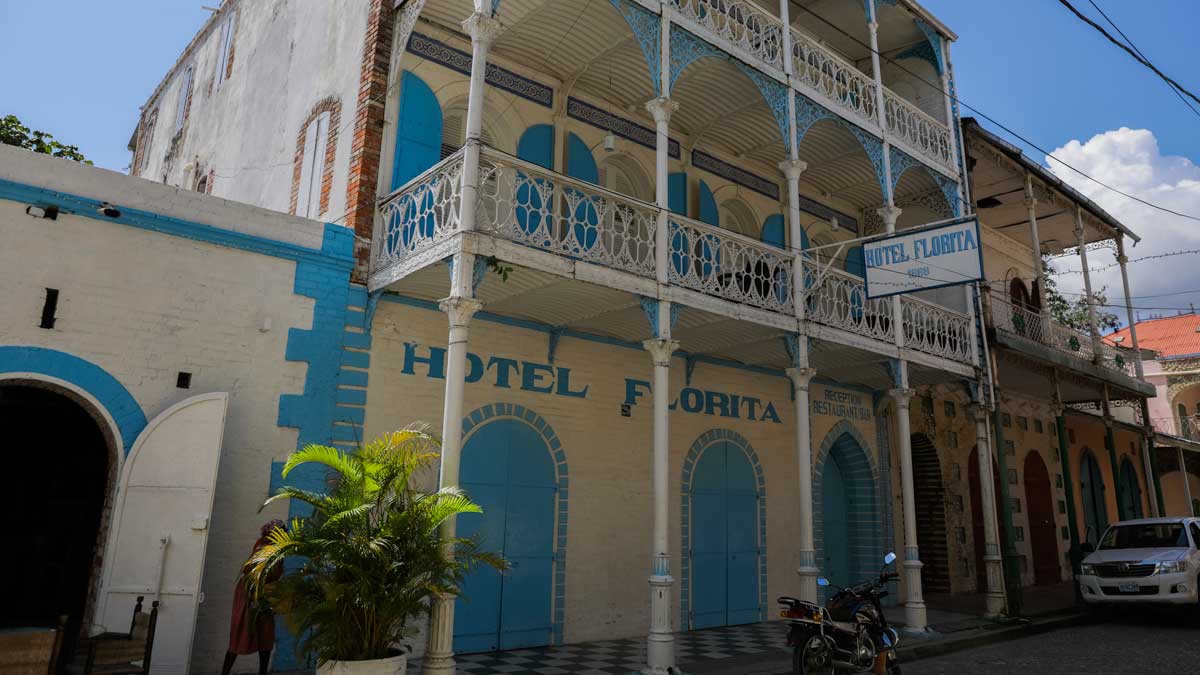
Photo: Mikkel Ulriksen
4. Hotel Florita
In the heart of Jacmel, Hotel Florita offers a peek into nineteenth-century Haitian life. Built in 1888, the hotel has stood the test of time and wears it with a proud patina: from the unmistakable blue-and-white entrance to the dark hardwood floors and exposed beams, everything about the hotel brings to mind the kind of magical realism that can only be found in Haiti. Featuring 11 rooms and a guest house, Hotel Florita boasts an old-timey charm that evokes an era when moonlight gazing on a bedroom balcony or dances on the hardwood living area floor were standard fare. Don’t miss your chance to try an ultra-local authentic Haitian meal, and the best rum sour Haiti has to offer!
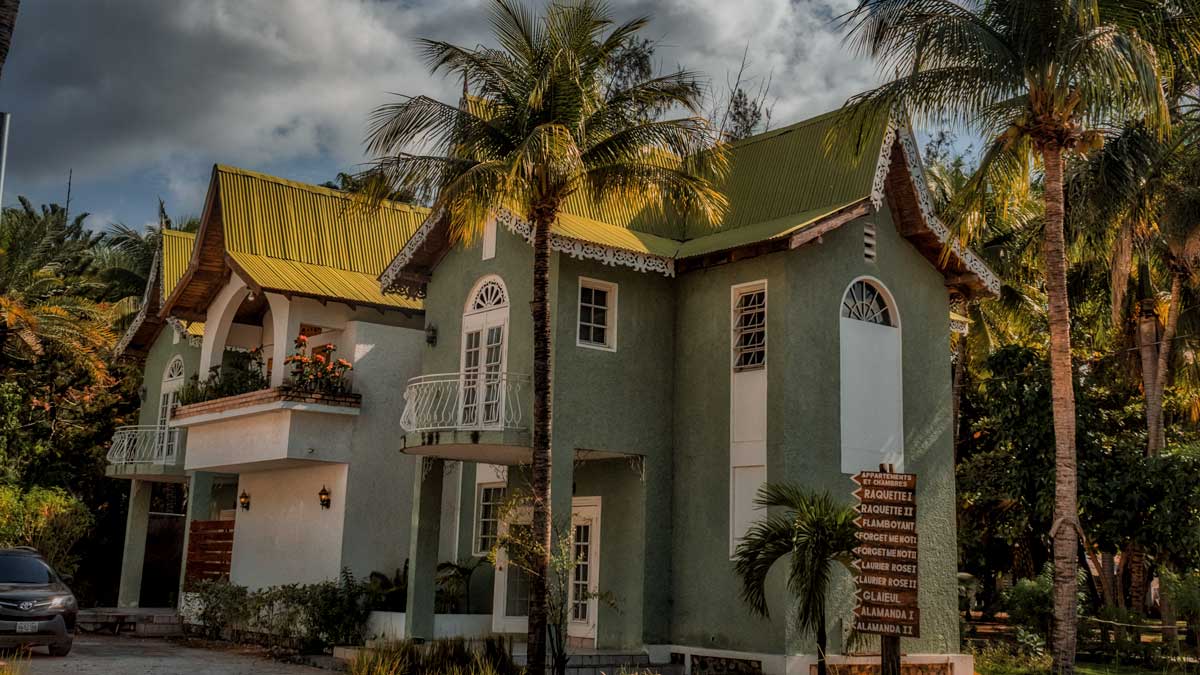
Photo: Jean Oscar Augustin
5. Village des Dattes
Located in Gonaïves, the birthplace of Haitian independence, Village des Dattes offers a quaint, scenic stay in the middle of abundant greenery and wildlife. Fresh produce, traditional dishes, and local specialties shine at Fitz Resto, where guests can enjoy Haitian cuisine in a serene atmosphere. The colorful suites are a vibrant contrast to Village des Dattes’ soft natural surroundings, and a comfortable place to rest and reset amid palm trees swaying in the seaside breeze.
Book your stay at Village des Dattes

Photo: Boukan Guinguette
6. Boukan Guinguette
In the historic city of Môle Saint Nicolas in Haiti’s far northwest, Boukan Guinguette is the perfect stay for explorers at heart. Choose from a stay in a classic beach bungalow, or beachfront camping in a fully-furnished tent. Strongly inspired by Môle Saint Nicolas’ simplistic architecture, the bungalows offer a peaceful stay where visitors will be lulled by the soft wish-wash of waves crashing on the beach. While you’re here, take advantage of massages offered on site, or choose your own adventure: go snorkeling, kitesurfing, stroll the beach or hike up the hillsides! Boukan Guinguette has it all, and well worth the trip to Môle Saint-Nicolas.
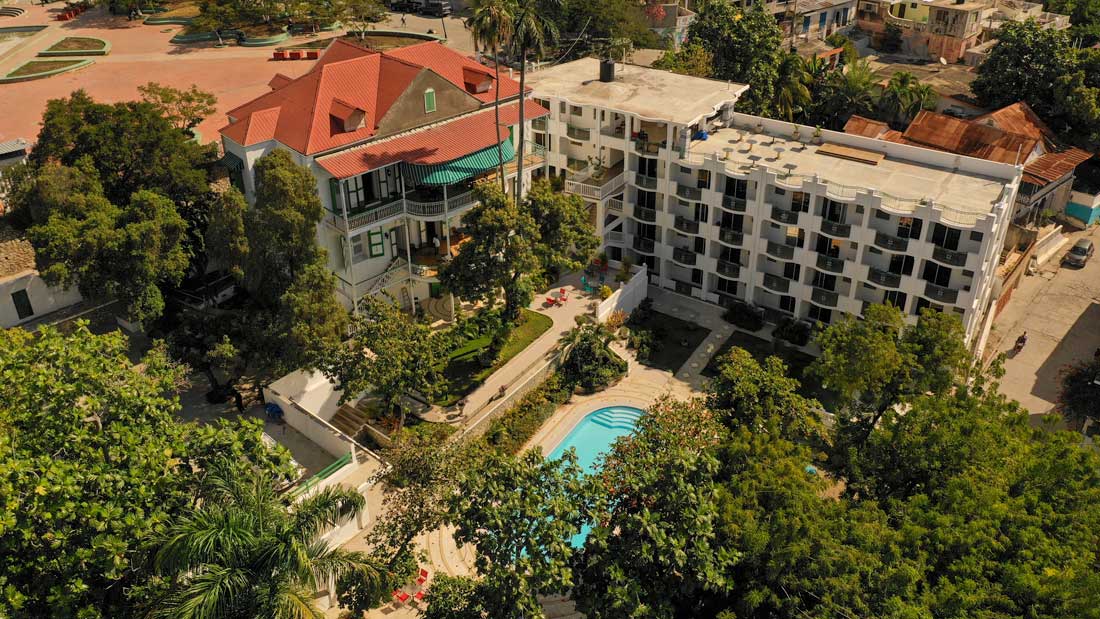
Photo: Mikkel Ulriksen
7. Manoir Adriana Hotel
Made famous by René Depestre’s novel Hadriana Dans Tous Mes Rêves (Hadriana in All My Dreams), Manoir Adriana Hotel’s double doors open onto the early twentieth century in Jacmel. Traditional tiles adorn the floors, and solid wood furniture rests awaiting guests. Balconies on every floor look out over the large, sprawling pool, the bay of Jacmel, and the street life just below. Wooden stairs direct you to the guest suites, each filled with the charm that weaves through the arches of Jacmel’s doorways and around the corners of its streets. Experience some of the homely hospitality of Jacmel, and the mysticism in Depestre’s work that haunts every corner of Manoir Adriana.
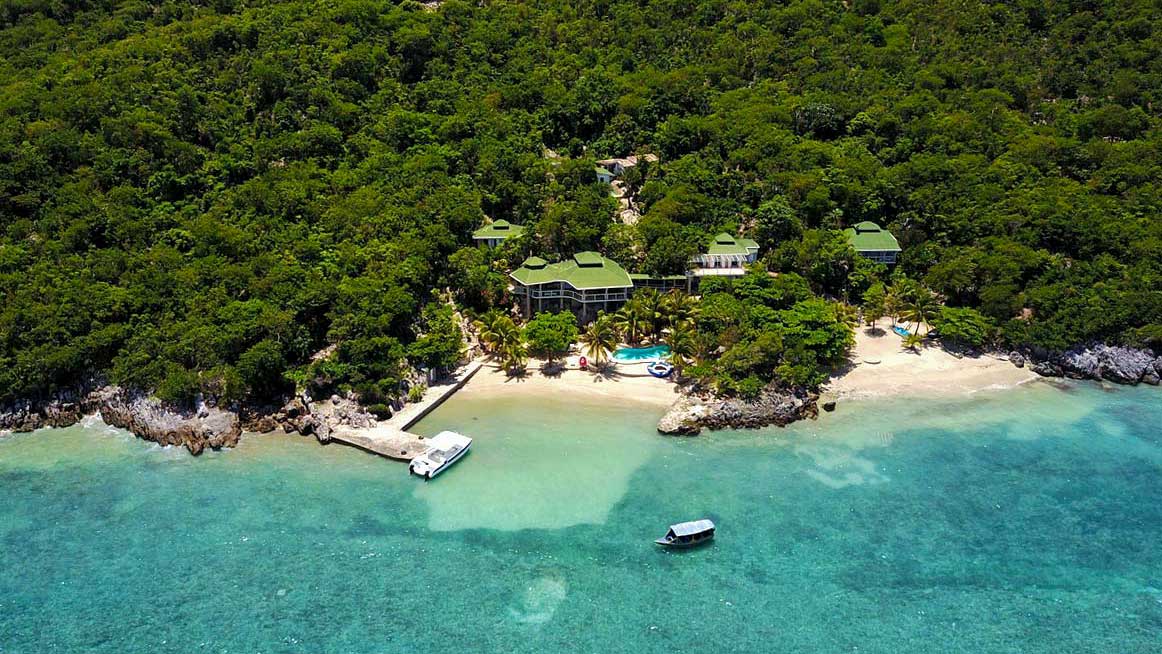
Photo: Marquis Paradise
8. Marquis Paradise
If you’ve heard of Labadie beach before, the first thing that may come to mind is the Royal Caribbean cruise that stops there. What we suggest you think of is Marquis Paradise; an exclusive oasis in Labadie with only five suites, ensuring attention to detail in every room. Here, you can enjoy home-cooked meals prepared by a private chef, and a twin-motor boat available for your use. Air and boat sightseeing packages are also available, as are guided mountain hikes in Labadie. The beachfront swimming pool is the perfect place to enjoy stunning sunsets and sunrises -maybe with a cocktail or two. Marquis Paradise is a first-class find in Haiti’s north.
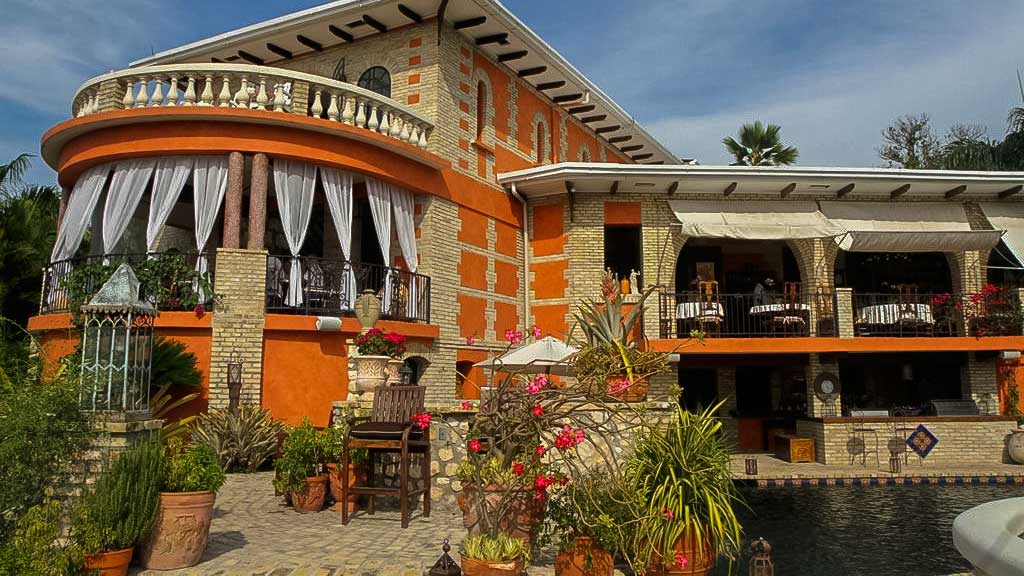
Photo: Villa Bambou
9. The Inn at Villa Bambou
Even in the busy center of downtown Port-au-Prince, there are a couple of peaceful oases where you can rest your feet and your mind. In the quiet, leafy neighborhood of Pacot, the Inn at Villa Bambou features eight rooms, Spanish revival architecture and sprawling views of palm trees overlooking the city. Highlights include lunch or dinner at the Ginger Balcony, a dip in the inn’s luxurious pool, and a stroll in the lush traditional Haitian garden. The Inn at Villa Bambou is the perfect place to stay if you’re looking for proximity to the city by day and a peaceful sleep by night.
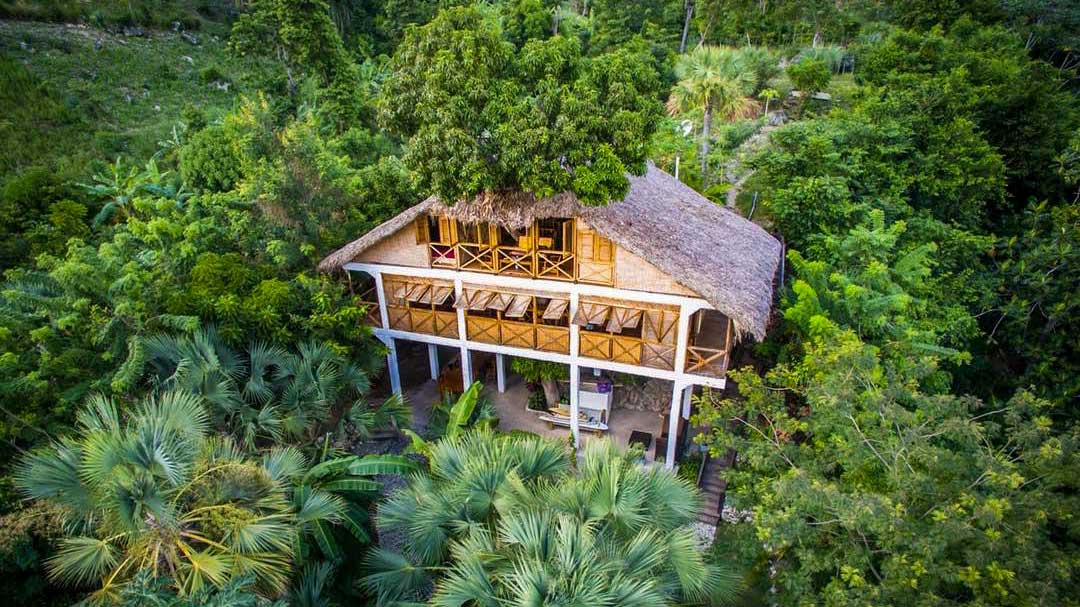
Photo: Haiti Surf Guesthouse
10. Haiti Surf Guesthouse
Tucked up in the mountains of Cayes-Jacmel, the Haiti Surf Guesthouse is an ideal getaway for nature-lovers. Close enough to the sun for magnificent morning sunrises, and close enough to Kabik for a swim whenever your heart desires, the Guesthouse provides an intimate, restful, and blissful escape. The jungle-flanked pool is a great way to start and end any day, and the beautiful tropical cabins are warm, shady and breezy all year round. Once you’re refreshed, the city of Jacmel is just a quick taxi ride away, full of things to do and see, and a great base for day trips. Opportunities for adventure are rife here — just ask your hosts!
Written by Kelly Paulemon.
Published March 2021
Explore Haiti’s wildlife and nature

Paradise for your inbox
Your monthly ticket to Haiti awaits! Get first-hand travel tips, the latest news, and inspiring stories delivered straight to your inbox—no spam, just paradise.







